
- What are the advantages of injection molding over other methods of manufacturing a part?
- Is injection molding expensive?
- In what time frame does a plastic part need to be molded?
- What is the cost of an injection mold?
- Injection mold ownership: who owns it?
- What is the average time it takes to build an injection mold?
- Is it possible to change the design? Is it possible to modify the original injection mold?
- How long does a typical injection mold last?
- Mold cavities: what are they?
- How does a parting line work?
- An injection mold consists of two halves, “A” and “B”. How do they differ?
- How does an ejector pin work?
- How does a gate work?
- How does Steel Safe work?
What are the advantages of injection molding over other methods of manufacturing a part?
With injection molding, we can mold fairly complex shapes at high production rates while maintaining good dimensional stability and holding fairly tight tolerances. It is possible to reground and reprocess thermoplastic resin used in injection molding, but some of the plastic’s physical properties may be lost over each round of regrinding. When manufacturing large volumes, using engineered plastic resins instead of metal can result in many cost savings.
Is injection molding expensive?
Injection molded parts can cost as little as a few cents to as much as several dollars. For injection molded parts, there are many factors that affect the cost, including the size and complexity of the part, the plastic resin being molded, and the number of cavities in the mold.
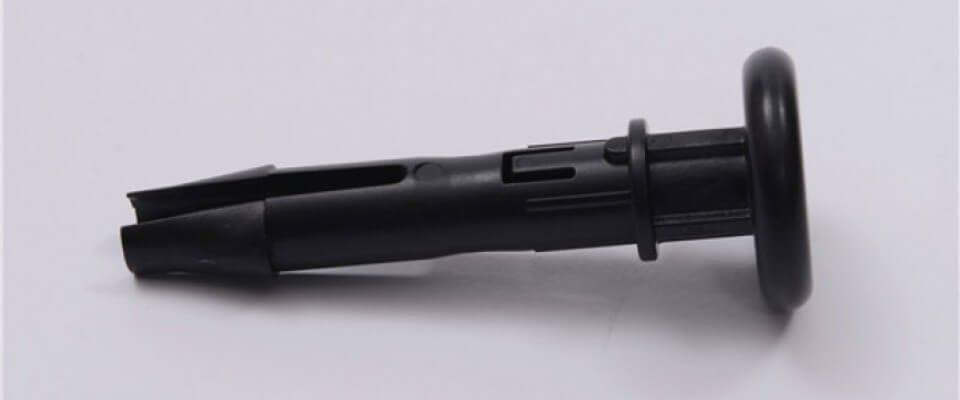
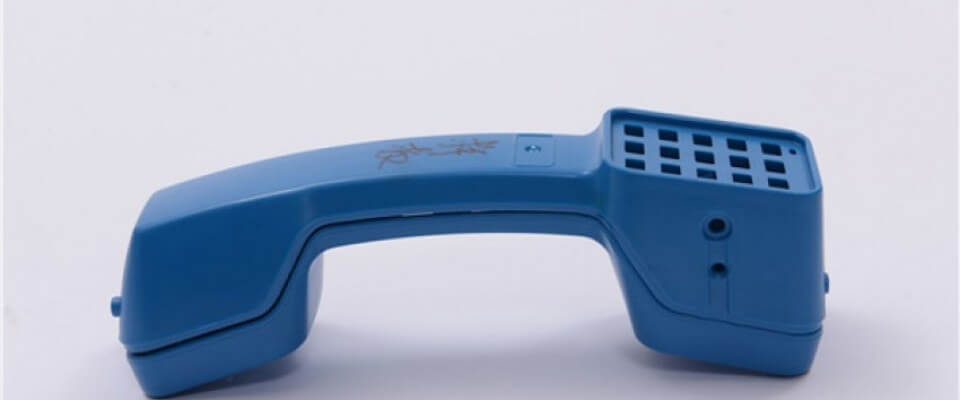
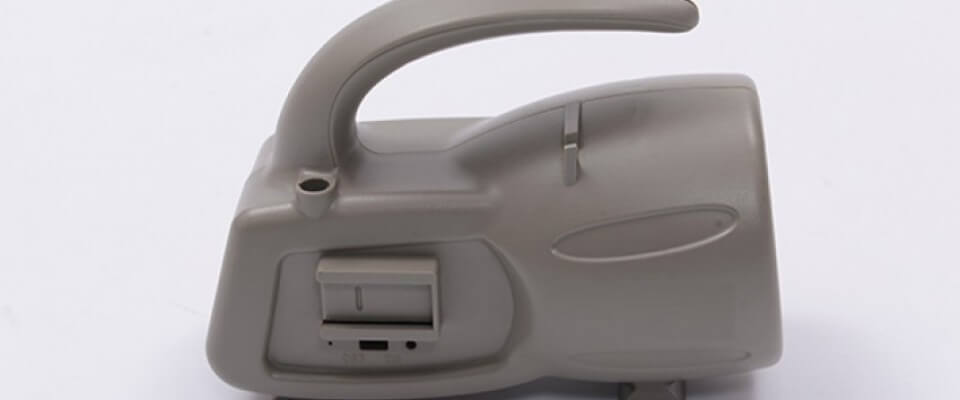
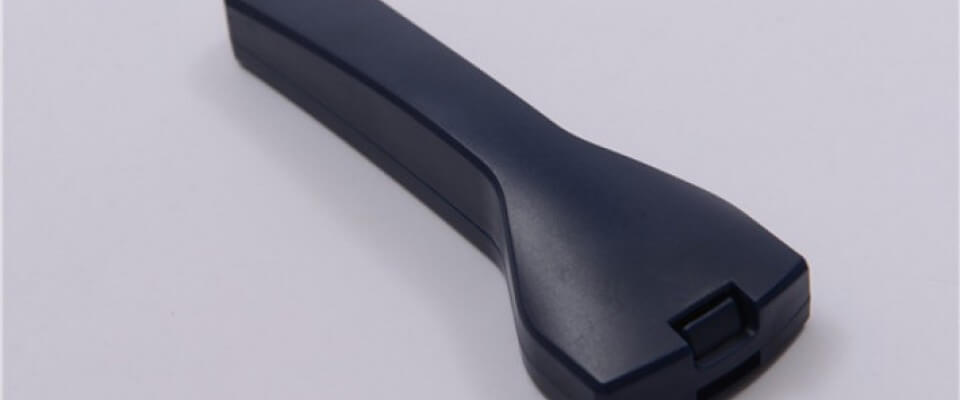

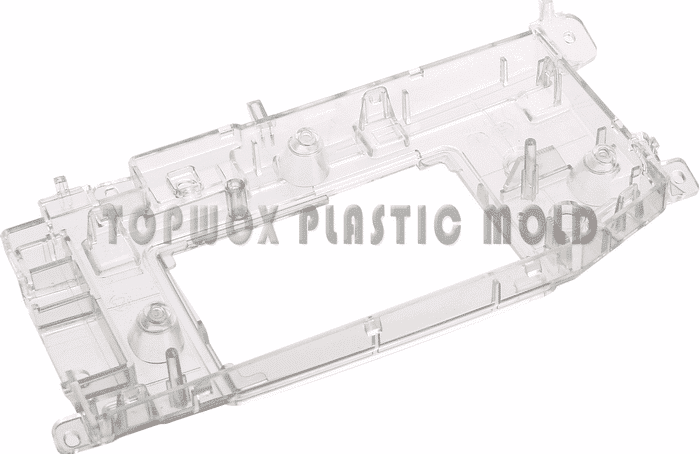
In what time frame does a plastic part need to be molded?
Injection molded parts typically have a cycle time of a few seconds to a few minutes. Part size, material being molded, mold design, and part design are all factors that determine this. An average mold set-up time is between a few minutes and a few hours.
The setup and start up time can be absorbed into the cost of the part once a setup is established and the process is stable.
What is the cost of an injection mold?
Making an injection mold might cost anything from a few thousand to a few hundred thousand dollars. Much of the price tag may be attributed to the part’s intricacy and size. Even seemingly simple pieces may be a challenge to moldmakers due to undercuts that need movable components for smooth part ejection upon mold opening.
Injection mold ownership: who owns it?
Customers who develop and buy components often own the injector molds used to produce such parts. Customers have the right to have their molds manufactured elsewhere, barring any particular contractual provisions to the contrary; nevertheless, there may be certain challenges in doing so, such as ensuring that the necessary machinery and processes are accessible.
What is the average time it takes to build an injection mold?
Injection mold completion usually takes a few weeks to a few months. The intricacy of the mold and the number of cavities needed affect how long it takes to make a component, as do the supplier’s current workload and available resources.
| PROBLEM | REASON |
|---|---|
| 1. Short shot | The plastic parts made by plastic injection molding companies have irregular and incomplete edges. It usually occurs at the farthest point of the gate, the roots of thin and long ribs. |
| 2, Shrinkage | Occasionally, a place 1. when the material thickness is uneven, 2. thick section of injection molded part, 3. boss and rib section. Due to shrinkage, the plastic parts develop dent, uneven, and wavy under low light |
| 3, Flash | A part edge with an extra thin layer of plastic is often found in the following locations 1. Parting line; 2. Moving core; 3. Ejector pin position, boss position, hole position, snap location |
| 4. Bubbles | The bubbles on the plastic surface are of a different color from the surrounding colors and are typical 1. bubbles caused by gas, air, and water-gas that are not released in time. 2. bubbles caused by shrinkage. The bubbles in the transparent part are particularly distinct. |
| 5. Weld line | When multiple molten flow fronts coincide with each other, a deep weld mark appears on the surface of a plastic part. This most commonly occurs at the confluence of multiple molten flow fronts. |
| 6, Burning | it is not a flat surface. It is usually dark or black spots; usually, they are found in sections where it is difficult to fill and trap the gas easily. |
| 7, Black spots | black impurities are evident on the surface of the plastic parts, mainly caused by the use of mixed materials. |
| 8. Discoloration | The slight difference in color between the actual plastic part and its required color is very apparent, and it is generally because the pigment is incorrect, the mix ratio is incorrect, or the mold is set at the wrong temperature. |
| 9. Wrinkles | The plastic parts show wavy lines on the surface caused by the cooling of the resin flowing. |
| 10. Deformation | The plastic parts have distortions, undulations, curves, and this is particularly common in the bosses, ribs, and round-shaped injection parts. These are especially common to PP injection molding. |
| 11. Wrong materials | In contrast to the specified materials, the one here can be identified by checking out the packaging label, the density, the burning continuity, the color of the flame, the color of the smoke, and the length of flames. |
| 12. Stick to the mold | Incomplete plastic part staying in the cavity, in contrast to short-shot, or due to the lack of designing the mold ejector system, the plastic part is hard to be ejected from the cavity, generally in thin-walled areas, bosses, and snaps. |
| 13. Scratch | The surface of the plastic parts rub against the surface of the cavity during the ejection so that a lot of them have scratches on the surface. |
| 14, Over-flow | It is caused generally by cavity damage and occurs on the active section, bosses, ejector pins, and parting surface. |
Is it possible to change the design? Is it possible to modify the original injection mold?
It depends on how the injection mold was designed in some cases. Injection molds are constructed by inserting steel into a mold base and assembling them together to make the feature of the part. Modifying or rebuilding a small steel insert is all that is required to change one feature of the part. Some design changes can be more challenging when the entire part design is cut out of one piece of steel, requiring reworking the mold.
How long does a typical injection mold last?
SPI Class 101 is the industry standard for mold makers, which guarantees a mold life of 1M shots. You should be able to produce 4M parts from your mold if it has 4 cavities. This amount may vary depending on the part’s complexity and the plastic resin used. There is no doubt that your mold will last you well over 1 million shots. In complex parts or if your mold has steel inserts or you’re using an abrasive plastic resin, such as polycarbonate or glass filled polycarbonate, mold wear will be more progressive, resulting in shorter mold lives.
Mold cavities: what are they?
Mold cavities: vacant areas in a mold that shape a product. Machining or drilling through the mold base material—usually metal or plastic—creates them. The mold cavity is polished or sandblasted after machining.
Mold cavities vary by product. Customization provides product compliance and design flexibility.
The mold is filled with molten plastic or metal, which cools and hardens to fit the cavity. This creates a solid object with required characteristics and form.
Injection molding, which makes anything from microscopic electronic bits to huge car parts, requires mold holes. Any faults in the mold cavity might affect the product’s quality and performance.
How does a parting line work?
The parting line is the line where two injection mold halves meet. The molded part usually bears a witness line indicating where the mold was parted. SOccasionally, a parting line may be stepped rather than flat.
An injection mold consists of two halves, “A” and “B”. How do they differ?
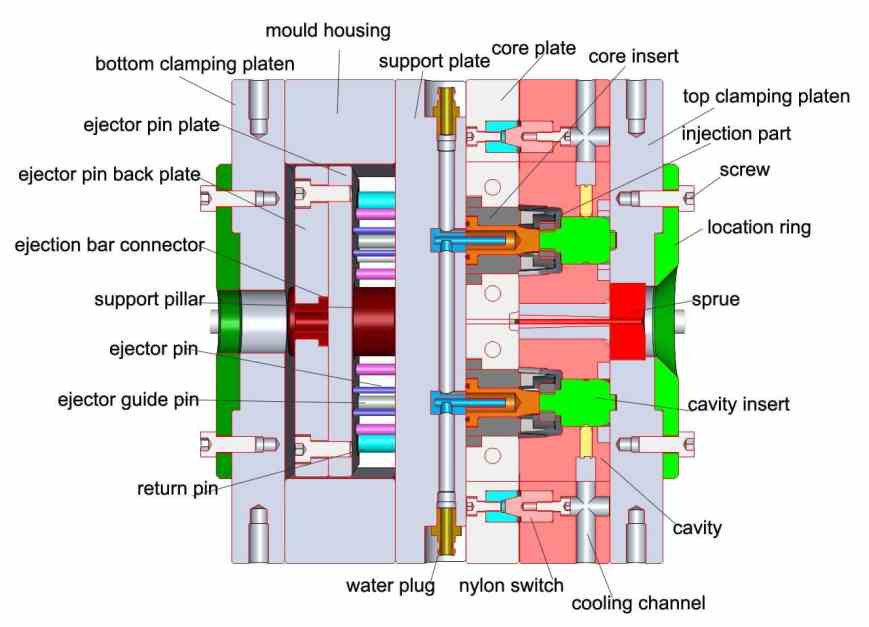
Known as “A” half, this half of the injection mold is stationary in the machine while plastic is injected into it. In the “B” half, the mold opens and closes by moving back and forth. A part ejected from the “B” half of the mold is ejected when the mold is opened.
How does an ejector pin work?
Parts are actually pulled off of the mold by these pins. Mold cavity surfaces on half “B” are drilled with holes, and steel pins are ground flush with those surfaces. Another plate (known as the “Knock Out Plate”) connects the other ends of the pins. Injection molds are opened by the injection machine, which pushes a steel bar (called the “Knock Out Bar”) forward. To eject the part, all ejector pins are moved forward simultaneously to push the knock out plate forward.
How does a gate work?
Gates are openings in injection mold cavities through which plastic flows.
For injection molded parts, what tolerances are possible?
It is not uncommon for plastic parts to be held within .001 of an inch of tolerance. Variations in plastic materials can be controlled more easily in some materials than others.
As a result of advancements in injection molding technology, injection molding machines today produce relatively accurate and repeatable results. If you want to maintain six sigma quality and have a tolerance window of .002 of an inch, you may be pushing the limits since gauge measurements and other factors may throw off your statistical results. The shrinkage of some plastic resins, however, is predictable and easier to control from part to part.
How does Steel Safe work?
Mold makers must consider plastic shrinkage when building injection molds. As an example, if he was to construct an injection mold for a plastic part with a shrinkage rate of .003 in./in. A 1.003 inch mold core would be required if the inside diameter of the mold needed to be 1 inch.
To allow for shrinkage, the diameter should be smaller. Since he could always remove steel to make the core smaller after molding the part if needed, he built the core slightly over size in order to leave room for error (whether it was in measurement or shrinkage).
By building the mold core over to fix a too small part, it would require a lot more work to fix the problem than simply adding steel to the mold core. The cavity of the mold would have to be small if we wanted to control the outside diameter.
